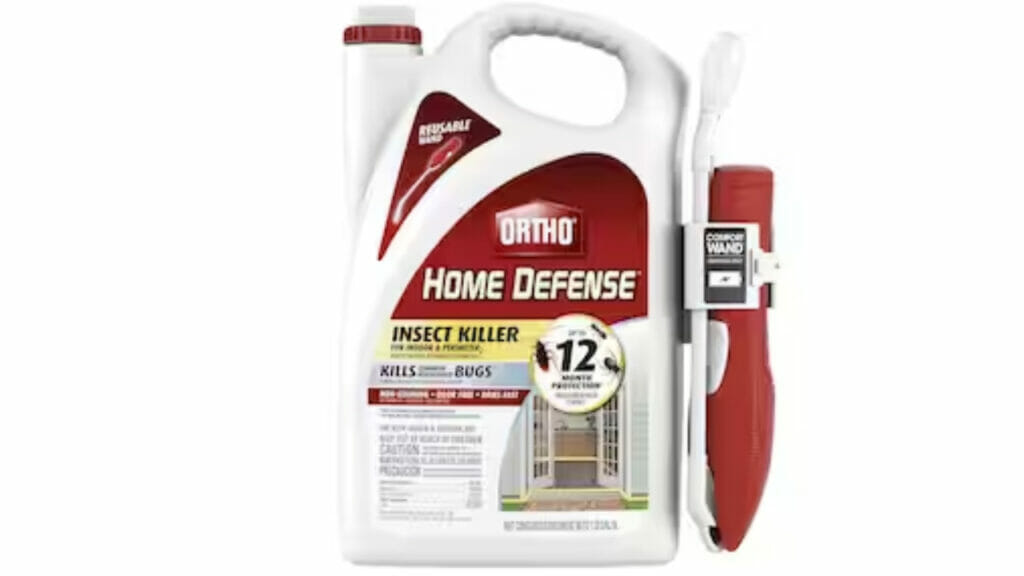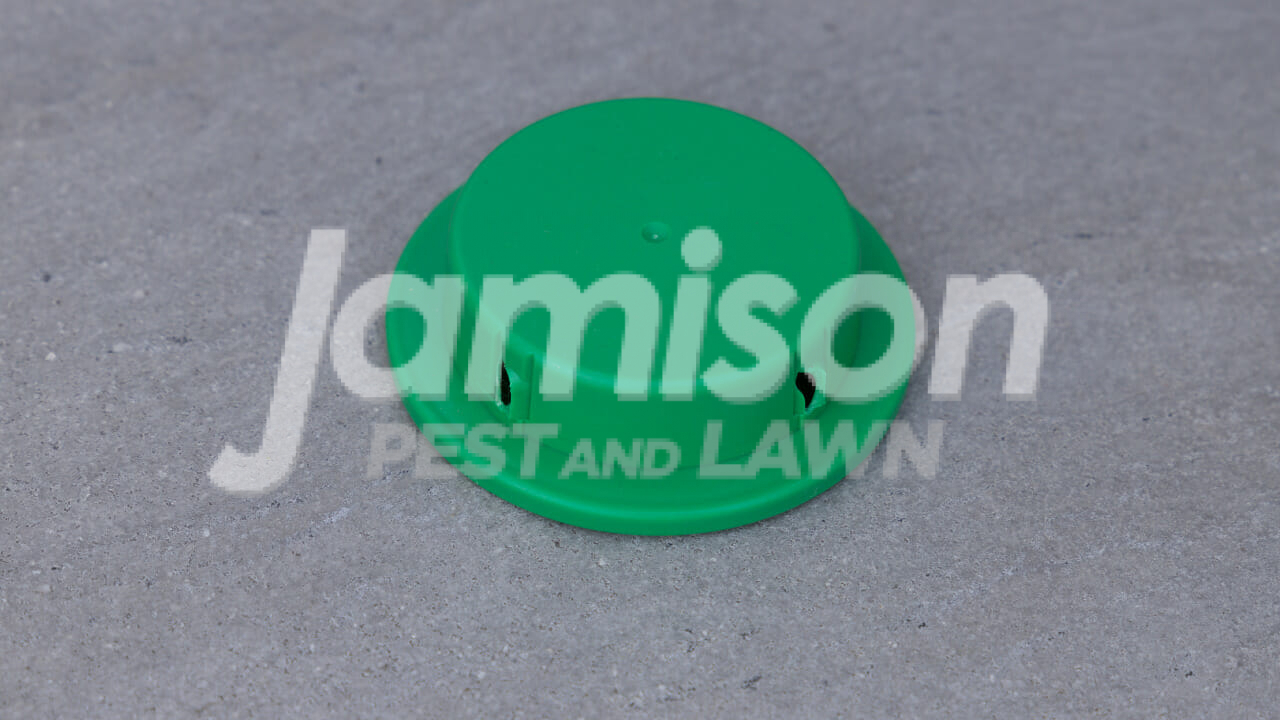Picture this: You stroll into your kitchen, craving a delightful meal, only to find a tiny army of ants taking over your beloved cooking space. The nerve! Ants infestation in the kitchen is no joke, as these little invaders show no mercy when it comes to raiding your pantry.
But fear not, for there is hope against this six-legged nuisance. In this engaging guide to tiny ants infestation in the kitchen, we, as professional exterminators, will equip you with the knowledge and tactics to halt their relentless march and regain control over your culinary paradise. So, brace yourself and gather your courage, for we shall conquer the ant-vasion together! Join us on this informative and amusing adventure to triumph over these unwelcome intruders.
Understanding the Culprits: A Look at Kitchen Ant Invaders and Their Habits
Meet the pesky kitchen ants – a diverse group of tiny troublemakers! Among the many ant species out there, the most common kitchen invaders are pharaoh ants, carpenter ants, fire ants, pavement ants, sugar ants, thief ants, little black ants and Argentine ants. These little intruders are attracted to your kitchen by the sweet smells of food and the availability of water near your sink.
What makes these ants so sneaky is their incredible communication skills. They use scent trails, or pheromones, to guide their fellow ants to their food sources and water. This is how a few ants can quickly turn into a big infestation, with lines of ants marching towards their target.
Less common but more dangerous are carpenter ants. These large, blackish-red ants can damage your home’s structure by digging tunnels through wood, leaving behind piles of sawdust or wood shavings.
To really get rid of ants, it’s important to understand the reality behind their infestations and focus on the main issue – the ant queen. By eliminating the queen and her entire ant colony, you can ensure a permanent solution to the ant problem. In this informative article, we’ll share the knowledge and strategies needed to achieve this goal and help you take back control of your kitchen.

Fortifying Your Kitchen Against Ant Invasions: Masterful Prevention Techniques
- Proper Food Storage and Cleanliness:
Your kitchen is a tempting feast for ants, and must be diligently cleaned to deter these tiny trespassers. Sweep up food crumbs, take out the trash daily, and clean spills with a microfiber cloth. Wash dirty dishes quickly, as they attract ants. If you have pets, ensure their bowls are clean and empty when not in use.
- Sealing Gaps and Cracks in Walls and Windows:
Prevent ants from entering your kitchen by sealing small crevices and ant holes with caulk, repairing damaged window and door screens, and replacing any rotten wood near entry points. Apply caulk to gaps around doors, baseboards, windows, and other openings that ants might use to access your kitchen. Remember, even tiny openings can let ants in!
- Natural Repellents and Deterrents:
Ants use their sense of smell to find food. Instead of harsh chemicals, try natural scents that deter ants. Disrupt their scent receptors with strong odors they dislike, such as peppermint oil, lemon, or cinnamon. Spray diluted oils in your kitchen or sprinkle cinnamon where ants gather. Coffee grounds or cayenne pepper can also help keep ants away.
Unveiling the Ant Kingdom: The Importance of Locating the Nest to Dethrone the Queen
To effectively rid your kitchen of ants, locating their nest is essential. You may find the nest either in your kitchen or nearby, and it could be:

- A mature ant nest, containing at least one queen, sometimes more, who lay eggs to grow the colony; or
- A satellite nest is a smaller nest built by worker ants near a mature nest. Queens may live in satellite nests, but sometimes only workers inhabit them.
The ants you see running around are workers, and the queen ants are hidden within the nest. To get rid of these invaders for good, you need to eliminate the queen, which requires finding their nest. While this task might seem challenging, ants often gather in common areas, making your search for their hidden nest more manageable.
Uncovering the Ants’ Lair: A Guide to Locating Ant Trails and Nests
When an ant is spotted in or near one’s kitchen, the natural response is to eliminate the creature, which requires locating its nest. This can be a tedious task for those unfamiliar with its location, but fortunately, there are several common areas where ants tend to gather, making the search more manageable.
- Identifying Likely Nesting Areas:
Ants need food and water, so they often nest near these resources. Check around dripping faucets and inside your kitchen cabinets to find their nests. Also, ants sometimes live inside your home’s walls, so keep an eye on these areas too.
- Watching Ant Movement Patterns:
Following one ant to its nest can be difficult. Instead, observe multiple ants and determine their direction. By tracking other ants and their group movements, you can more likely more likely find their nest.
- Using Bait Traps to Locate Ant Nests:
If finding the nest is challenging, use food as bait traps to attract worker ants. Place peanut butter, jelly, or bacon grease in strategic locations to draw the ants. As they carry the food back to their nest, follow them to uncover the hidden location.
DIY Methods to Eradicate the Queen Ant and Her Colony: A Kitchen Ant Invasion’s End
- Utilize Borax (Boric Acid): An effective way to eliminate kitchen ants is to create a borax mixture or buy boric acid that can exterminate the entire colony. Place large drops of the bait in the middle of an ant trail, including any walls and railings, and along the trail, as you approach the nest. Use the mixture on multiple trails if needed. Boric acid can be found in supermarkets or home improvement stores. Keep in mind, boric acid is toxic, so prevent pets and children from accessing it. The mixture doesn’t kill the ants instantly, allowing them to take it back to their colony. The poison starts to take effect within 24 to 48 hours, killing the queen and the entire colony.

2. Try Cornstarch: Cornstarch is another natural method to eliminate the queen ant. Place a line of cornstarch around the nest or ant hill. The ants will carry the cornstarch into the colony as food. The fiber content in the starch will cause the ants to swell and die, including the queen if she consumes the cornstarch.

3. Use Insect Killer: If you know the nest’s location, use an insect or ant killer spray to get rid of ants and their queen. Look for specific ingredients like bifenthrin, permethrin, or deltamethrin on the label. Follow the instructions carefully, as ant killer is toxic. Protect your eyes and face from chemical sprays.

4. Employ Ant Bait: Ant bait is a pest killer that is poisonous to ants. The bait contains a sweet substance mixed with the poison, attracting ants who mistake it for food and carry it back to the nest. The poison in the bait is ingested by ants, spreading throughout the colony, including the queen. However, this process can take up to three weeks. While using this method, avoid treating any visible ant trails, as only 15% of the ants in the colony are foragers and will be quickly replaced. Instead, let them carry the bait back to the colony.

We do not recommend DIY approach to get rid of ants in kitchen for several reasons. First, it can be difficult to identify and eliminate the root cause of an infestation without expert knowledge and experience. A DIY method might kill ants but might only treat visible signs of infestation, leaving the main problem unresolved and likely to reoccur.
Moreover, many DIY ant removal techniques involve chemical pesticides that can be harmful to humans and pets if not used correctly. Inexperienced individuals might also underestimate the severity of the infestation or misidentify the ant species, leading to an ineffective treatment plan.
The Exemplary Role of Pest Mercenaries in Addressing the Ant Invasion
Using store-bought insecticides without a plan might kill some invasive ants and move their trails, may cause more issues than solutions. To effectively handle kitchen ant infestations, you need to focus on the hidden ant colony first. This is where a professional kitchen ant exterminator can help.
First, it’s important to identify the specific type of ant. In Tennessee and Mississippi, common ants include carpenter ants, fire ants, little black ants, and odorous house ants. Odorous house ants can be difficult to deal with because their colonies may have multiple queens and sub-colonies. Carpenter ants are especially challenging since they can cause serious damage to your home’s structure. Unlike other common household pests and kitchen ants, carpenter ants don’t bring regular ant baits back to their nest, making it hard for homeowners to get rid of them. If you notice carpenter ant infestation or ants in your home, it’s best to to summon the expertise of a professional exterminator. In the region of Mid-South, the said professionals are known as Pest Mercenaries, particularly the renowned Jamison Pest and Lawn.

Victorious Battle Against Ant Colonies: Some Practical Strategies for Lasting Peace
Grasping the reality of kitchen ant invasions is vital for efficient and enduring pest management. Ants, though mere tiny creatures, often infiltrate homes in large numbers, seeking a food source, water, and refuge. Recognizing the ant species and the scope of the invasion paves the way for the most effective course of action.
Embracing straightforward, lasting solutions for kitchens free of ant intruders is paramount to preventing future infestations. Key measures include maintaining cleanliness, securely sealing food containers, consistently wiping surfaces, and removing standing water sources. At times, enlisting professional pest control services becomes necessary to effectively eliminate the invasion.
Diligent maintenance and monitoring are indispensable for long-term success in vanquishing ant adversaries. Through routine cleaning, proper food storage, and continuous home inspection, one can deter recurrent ant invasions. It is crucial to consult professional pest management services if an invasion persists or if multiple occurrences transpire over time. With unwavering maintenance and vigilance, it is entirely possible to uphold an ant-free dwelling and prevent future pest troubles, proving that ant invaders are indeed conquerable.
Expert Assistance: Confidently Overcome Ant Infestations
Jamison Pest and Lawn has been serving Mississippi and Tennessee for years, earning a top reputation among pest control companies. With our exceptional pest control solutions, we can tackle kitchen ant infestation and maintain a pest-free environment in your home. We have the knowledge, tools, and techniques to identify and eliminate the root cause of the ant invasion, ensuring your home’s safety and comfort. So, give Jamison Pest and Lawn a call at (901) 452-1505 and let us handle the battle against these unwanted tiny pests.




